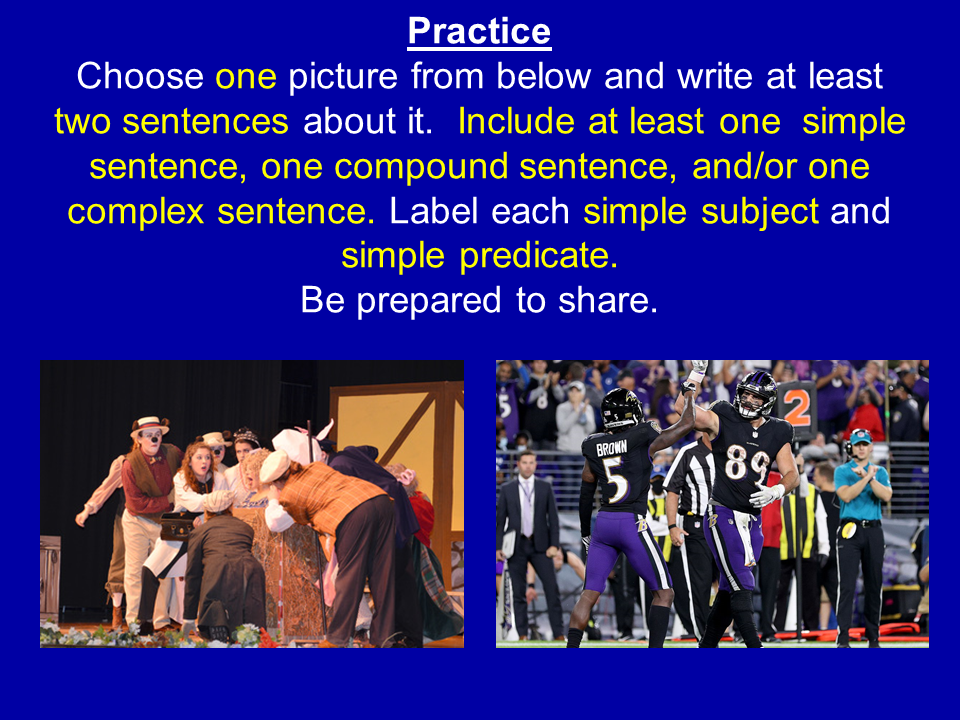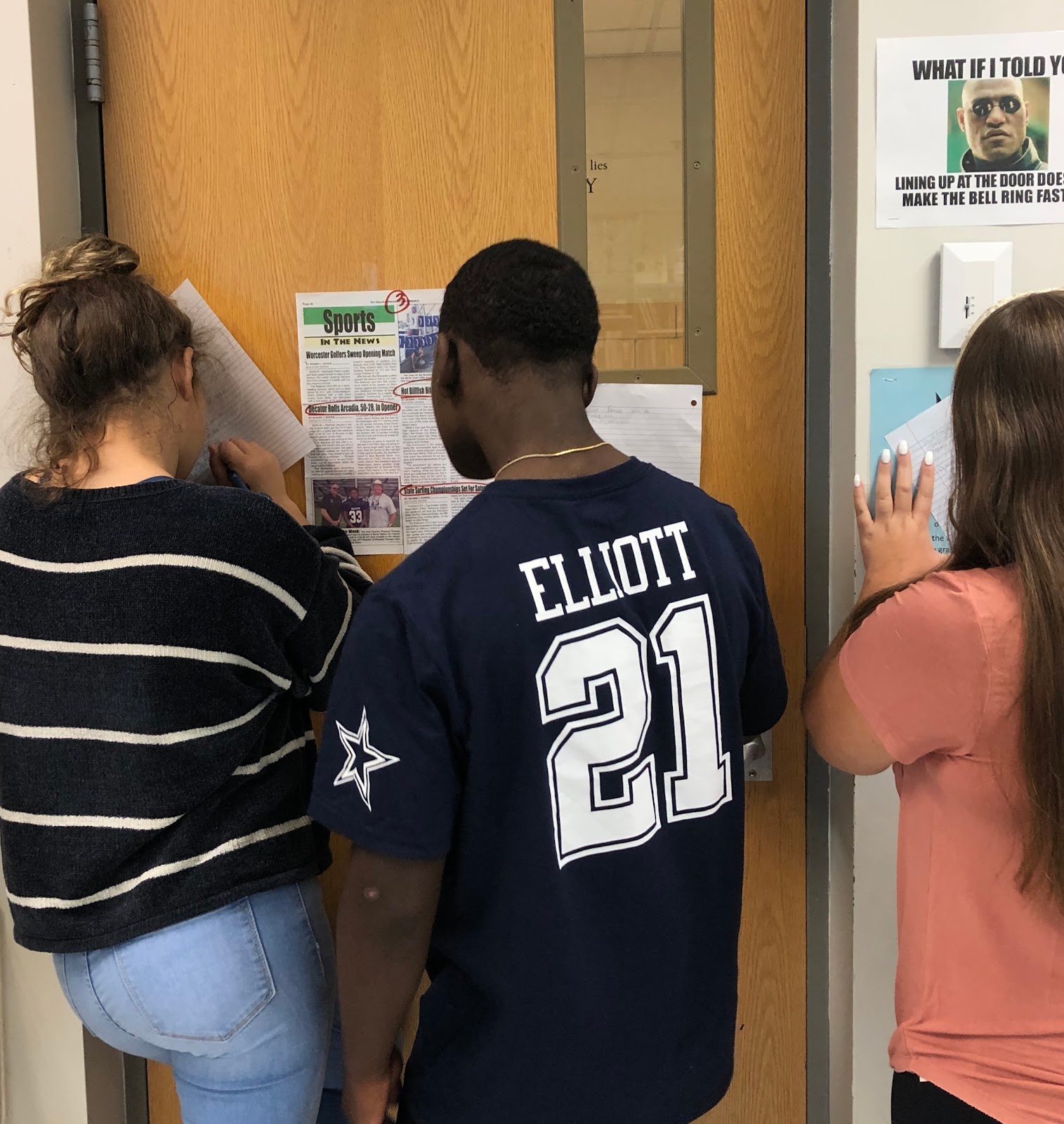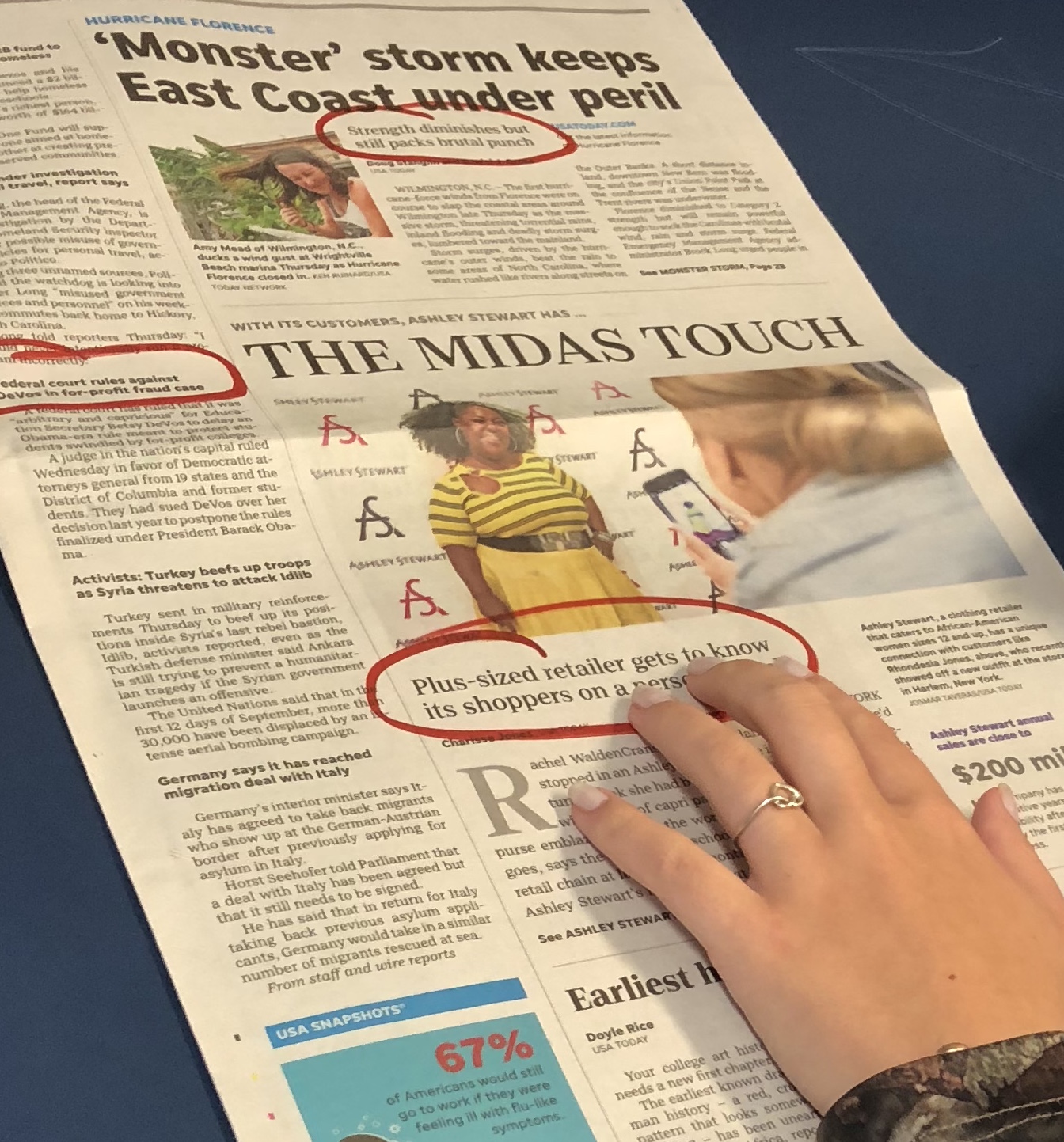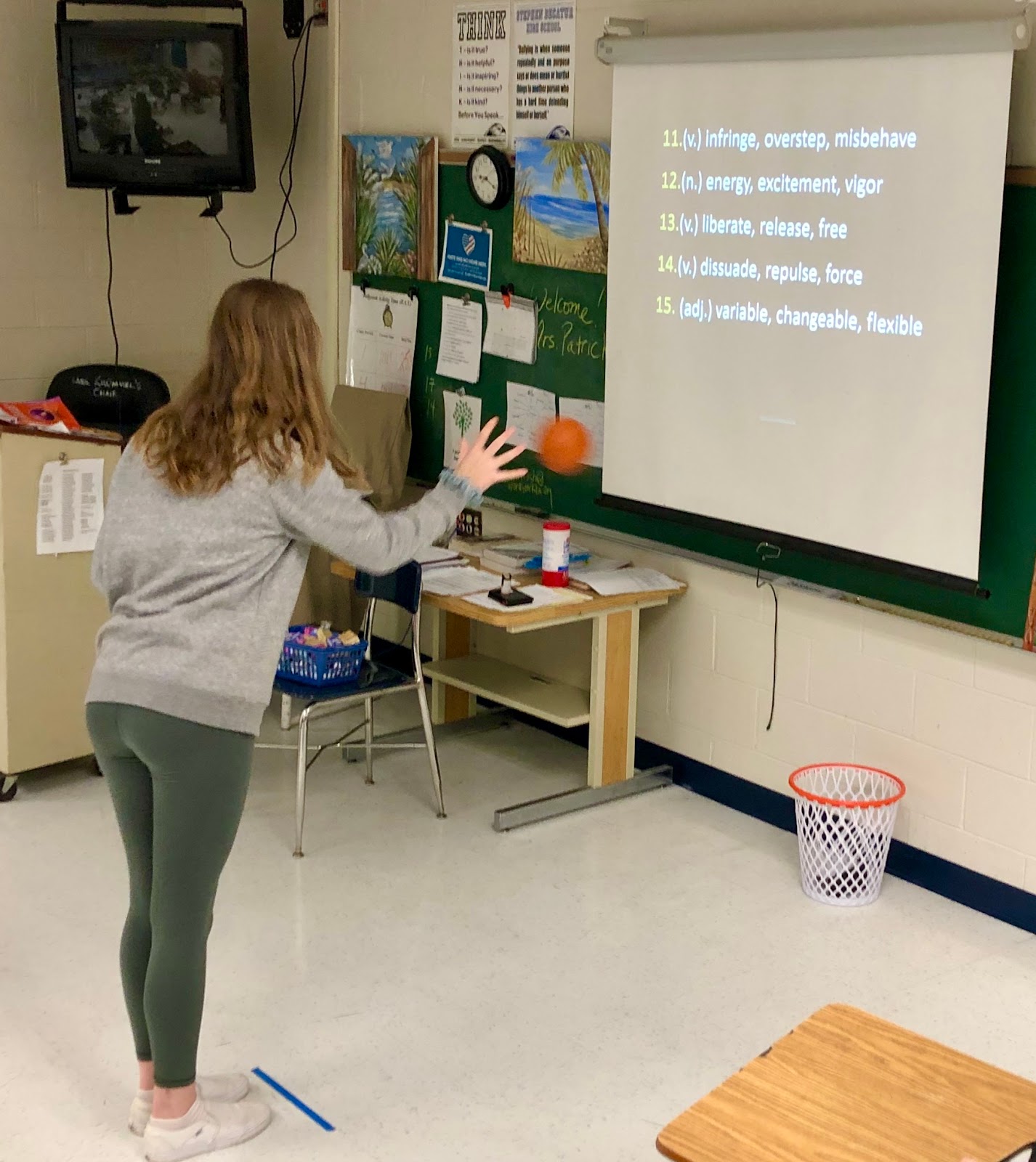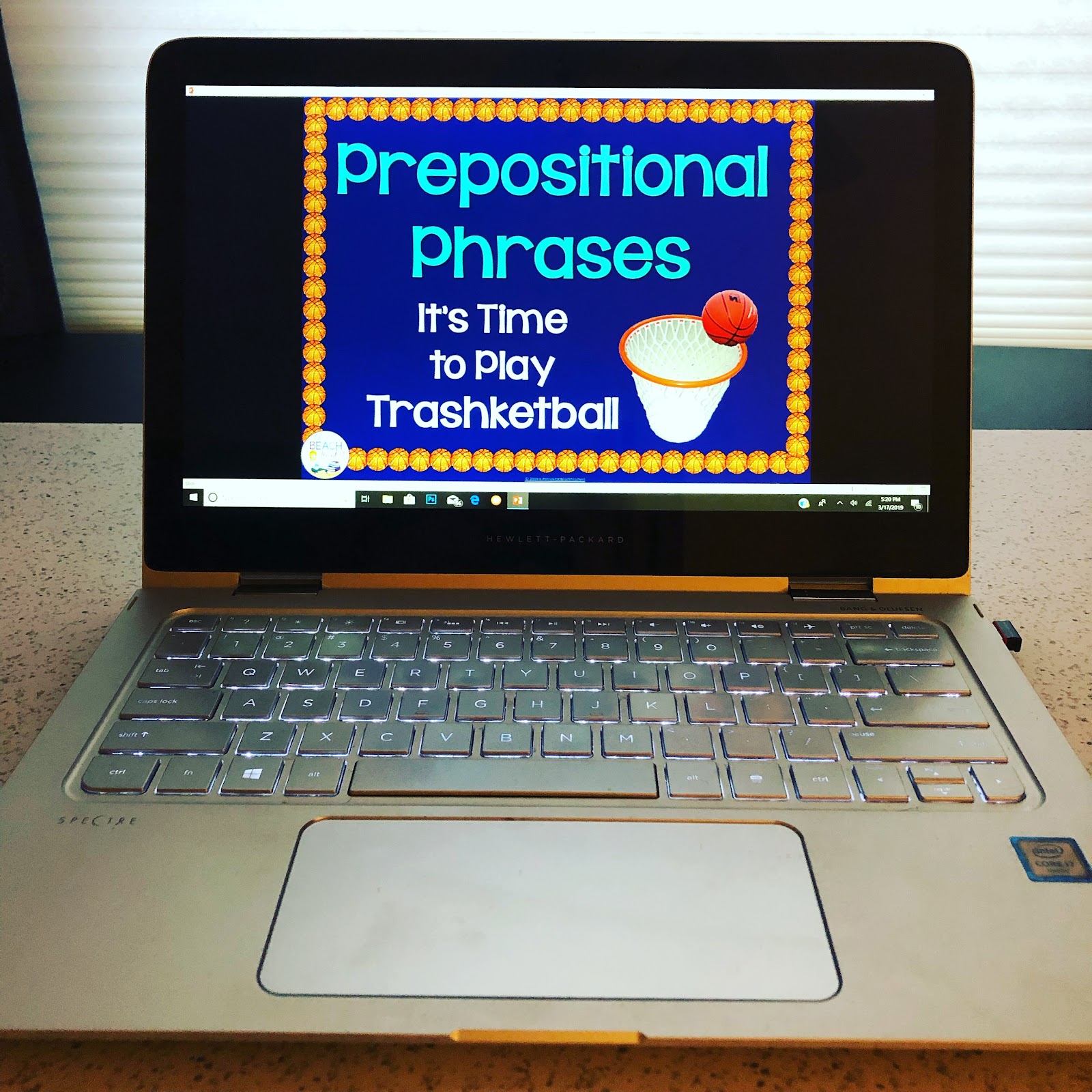Do you dread teaching grammar? Do your students struggle to understand it? If so, let me help you make it engaging and meaningful for your students.
For years, educators have debated over how to teach grammar. Should it be taught in context? As a stand-alone lesson? Or maybe not at all? In my 24 years of teaching students from grades 6 – 12, I’ve concluded that a strong understanding of grammar improves the reading and writing abilities of students.
It also helps my high school juniors succeed on standardized assessments such as the SAT and Accuplacer. Additionally, grammar instruction helps them to edit and improve their writing; ultimately, they use their knowledge to improve their sentence fluency and writing style.
Of course, one of the biggest challenges for me is getting the grammar concepts to “stick” with my students. Be sure to read through the suggestions below and find out how I attempt to make sure students internalize the grammar that I teach them.
Teach Grammar with Vocabulary Strategies
Although some disagree with explicit grammar instruction, it teaches students the vocabulary of language. By understanding the terms for parts of speech and parts of sentences, students gain better control of their writing. They can communicate with teachers, classmates, and editors about the structure of their writing. For instance, during peer review, students can comment on subject and verb agreement or point out sentence problems such as run-ons or fragments.
How do I teach the “language of language”? With many of the same strategies I use for any vocabulary lesson.
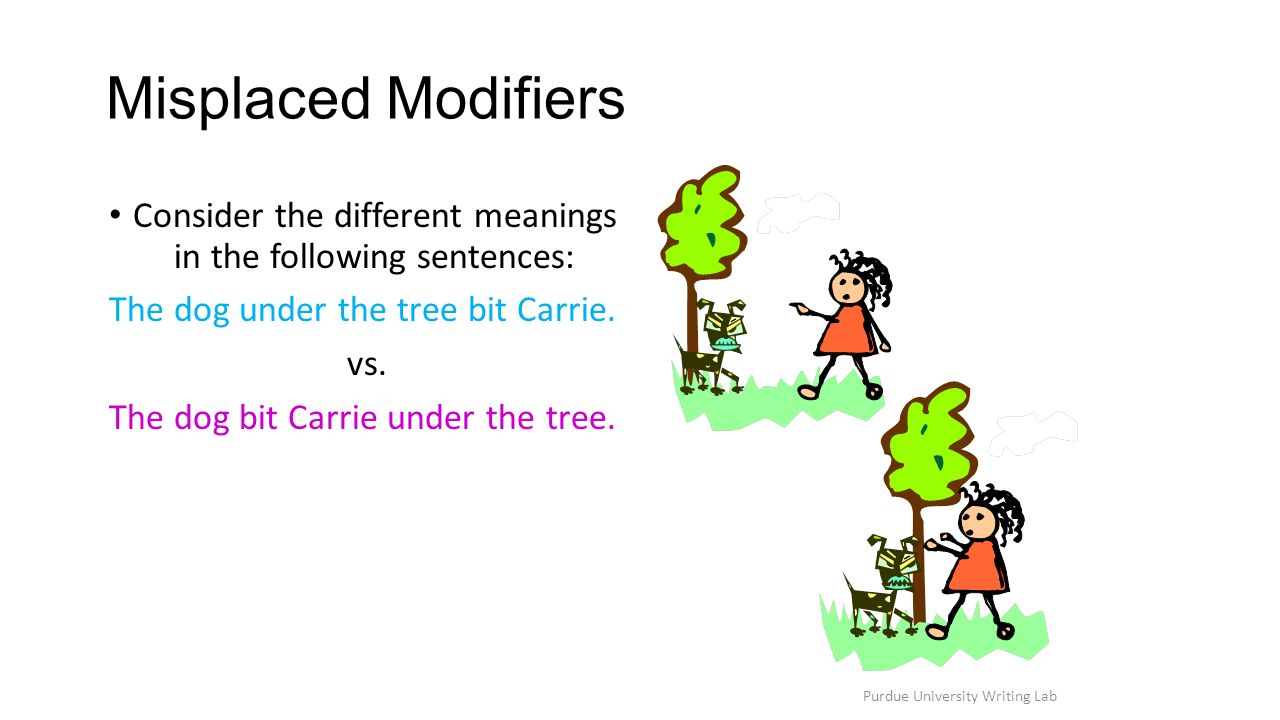
Picture from Purdue OWL
- Visualization
Have students illustrate examples of grammar concepts. For example, they can “sketch” sentences and label the subjects, predicates, and objects. One of my favorite imagery lessons is with misplaced modifiers. Students “see” the confusion that grammar problems create.
- Grammar “Hunt”
Ask students to search for grammar in the context of their reading. When teaching parts of speech or parts of sentences, have students look for examples in their books or other class texts. Then, have them share the examples in partners, small groups, or whole-class discussion.
For instance, when we review prepositional phrases, I ask students to look for them in their independent reading novels. After finding examples, they bring their books to the document camera and show their examples. When they share with their classmates, I also ask them questions about their books. Then, their classmates hear about each other’s novels, and I can informally assess their reading; they don’t even realize it!
Use Guided Practice Activities
•Relatable Photos
I often start teaching a grammar concept with a PowerPoint Presentation and always follow notetaking with guided practice activities before students complete independent practice. One easy guided practice activity uses interesting photos to inspire their writing. I look for images from current events or of school activities to spark conversation about student lives.
In a lesson on sentence structures, first I present students with the concepts of the four sentence structures. After I give several informational slides, students choose from two photos and write different sentence structures inspired by the photos. Next, they meet with partners to share their sentences, and then we discuss their sentences with the entire class. If students make errors, I reassure them that this is only practice, and we fix their mistakes together. Finally, I follow this with independent practice.
•Newspaper carousel
When possible, I want students to get out of their seats and move around the classroom. For this activity, I grab local or national newspapers and look for headlines that have identifiable subjects and verbs, phrase structures, or clauses. I circle three headlines per page and hang five pages aground the classroom. (Again, to make the learning more relevant, I choose headlines that connect to student interests.)
Next, I direct students to number a piece of notebook paper from 1 – 5 and leave space between the numbers.
Then, I assign students into groups and have them circulate to each page, working together to write the subjects and predicates (or other concept) of each headline from left to right and top to bottom. I set a timer to help them rotate to each new page. Then, we share their answers in whole-class discussion.
Start with Bell-Ringer Editing Practice
•Sentence Corrections
For some warm-ups, I complete editing practice with students. On my 90-minute block, I can easily devote 15 minutes to these bell ringers. As students enter class, they read sentences riddled with errors. These can be projected on the document camera or posted in an LMS.
Since these warmups occur on Fridays, I try to make the whole-class discussion more engaging and offer prize tickets for students who are willing to participate. Students volunteer to come to the document camera and correct a sentence error.
Throughout the discussion, I encourage all students to participate and receive a ticket. After they’ve made all the corrections, they write their names on their tickets. I collect them and draw several tickets for small prizes such as candy, crackers, or school supplies like pencils and erasers.
•Sentence Combining
When teaching phrases, it’s a great opportunity to help students improve their ability to craft more sophisticated sentences. For these bell ringers, students are given two or more sentences to combine. For instance, if students are learning about appositive phrases, they practice writing longer sentences with verbal phrases. Sometimes, like the Friday warmups, I use tickets to reward students for sharing their writing with the class.
Play Trashketball
Have you played trashketball with your students? If not, you’ve should try it because students love it! Trashketball competitions make learning “boring” grammar fun. All you need to play is a trashcan and ball, and these pre-made games make it even easier for you to incorporate the games into your instruction.
I don’t use trashketball games all the time, but they work especially well on Fridays and the days before holidays when distracted students appreciate “lighter” learning activities. They’re great for energizing sleepy students on Mondays or before quizzes, also. And during March, they make a relevant connection to college basketball during the March Madness tournaments.
Put It All Together
Grammar can’t be taught in isolation once a week. Teachers need to reinforce the concepts with a variety of activities consistently if students are going to remember them.
Here’s an example of a week in my classroom:
On Monday, I start by teaching sentence structures with a lecture and practice for identifying independent and dependent clauses. (ChompChomp Grammar is one of my favorite websites for finding great PowerPoints to introduce concepts.) Then, on Tuesday, I ask students to use two different sentence structures in a paragraph that’s a written response to a class reading. This gives them practice using their grammar skills in their own writing. On Wednesday, we do SAT practice and may discuss why we eliminated a comma splice as a potential answer since two independent clauses were only separated by a comma. On Thursday, we do an editing warm-up that has a fragment that’s a subordinate clause. Finally, on Friday, there will be an exit slip from the week, and students must combine two main clauses into a compound sentence.
Share Your Ideas
What does your classroom look like when you teach grammar? Do you have tips or websites to share, too? I’m always looking for ways to improve my teaching so please share your ideas in the comments.



